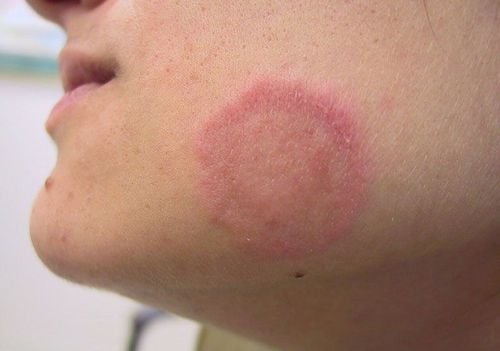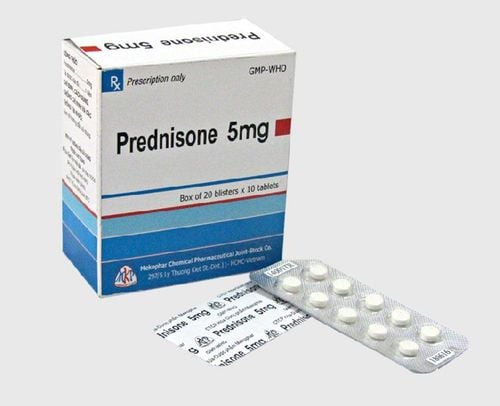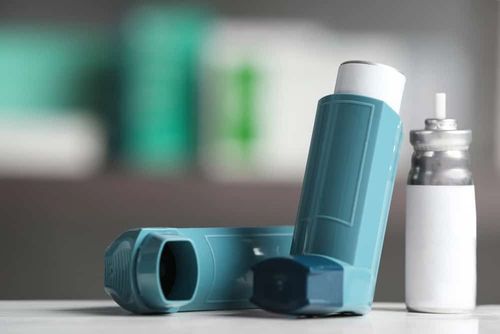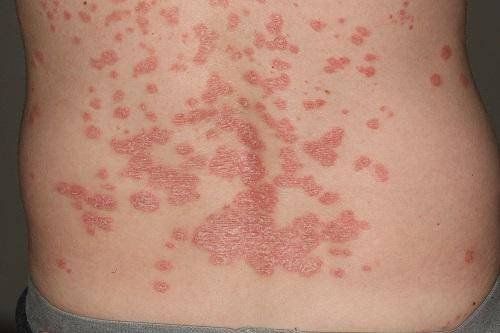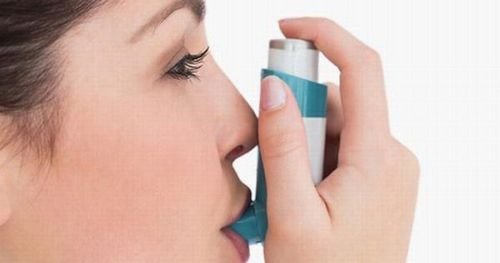This is an automatically translated article.
Psoriasis has a major impact on the lives of patients. Using topical corticosteroid creams can help relieve symptoms.1. Spot treatment of psoriasis
Dry patches of skin in psoriasis can be itchy and uncomfortable, but with proper treatment it will reduce these symptoms.
Your doctor may recommend creams, lotions, sprays, solutions, or ointments. These methods are all called topical treatments. This means they will be applied directly to the skin on the body as well as the scalp.
Several types are used to treat psoriasis topically:
1.1 Moisturizers and emollients Both of these can be purchased without a prescription. And it helps control psoriasis flare-ups. In general, moisturizers, creams, and ointments will keep the moisture in the skin working at its best.
1.2 Salicylic Acid This is a substance that works to remove scales that appear on psoriasis patches. It is found in lotions, creams, ointments, gels, soaps, shampoos, liquids, and patches. It is especially helpful when it is used with other skin treatments. Because, it will remove the dead skin patches to allow other drugs to work better on the skin.
1.3 Coal

Than đá có thể làm chậm sự phát triển của các tế bào da
However, coal tar has a bad smell and can also irritate the skin and stain clothes. Some studies have shown that chemicals in coal tar can lead to cancer, but this only happens with high doses of coal tar.
1.4 Topical Vitamin D Analogs Medicines that contain man-made vitamin D including ointments, gels, creams, lotions, and solutions slow down the growth of cells. In the long term, this drug is likely to be safe. However, they can still cause skin irritation.
Your doctor may suggest you take this medicine in small amounts twice a day. When using should be careful not to apply this medicine on healthy skin.
Some of these medicines can make you sick if you swallow them. So keep them out of reach of children and pets. At the same time, when using the drug, it is necessary to consult and guide a specialist doctor.
Vitamin D analogues include: Calcipotriene (Calcitriol, Dovonex, Sorilux); Calcitriol (Rocaltrol and Vectical); Tacalcitol (Bonalfa and Curatoderm). Your doctor may also recommend using vitamin D along with steroids. For example, two drugs that combine Taclonex and Enstilar - each containing both calcipotriene (vitamin D) and betamethasone dipropionate (a steroid).
Retinoids . Retinoids, such as tazarotene (Tazorac), can help speed the growth and shedding of skin cells. These gels and creams are all made with vitamin A and come in different strengths. Anthralin. Anthralin works to slow the growth of skin cells and reduce inflammation. It doesn't have any serious side effects, but it can irritate the skin and stain clothes, sheets, and skin. Anthralin is also often used in combination with other medications. Pimecrolimus (Elidel) and tacrolimus (Protopic). These two can also help reduce inflammation. Your doctor may call these drugs calcineurin inhibitors. And they're used to treat psoriasis when other medications don't work. Steroids (corticosteroids). This is a substance that helps fight inflammation and slows down the growth of skin cells so that they do not cause accumulation on the skin. The effects of this compound are varied. Therefore, in sensitive areas such as the face, grass, or areas with folds such as the groin and armpits, the dosage should only be mild. Areas such as elbows and knees require more powerful steroids. Steroids also work very well when used in combination with other medications.
2. Use Topical Corticosteroid Creams for Psoriasis
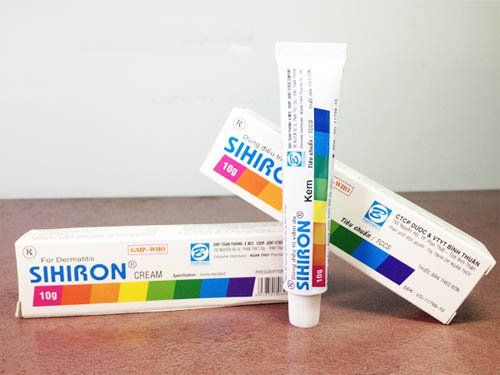
Sử dụng kem bôi có chứa Corticosteroid có hiệu quả cao
There are many topical treatments for psoriasis such as creams, gels, ointments. However, the type of topical drug that has a strong effect on this disease cannot fail to mention the topical corticosteroid cream. This topical cream will be able to help control the inflammation of red, puffy skin.
Corticosteroids have a lot of strengths. They are ranked on a scale of 1 to 7. If the drug is labeled a “1”, it means it is very strong. And conversely, a label with the number "7" means it is very weak or the least strong. Dermatologists will base on the actual situation of the patient to suggest the appropriate corticosteroid drug.
Weak corticosteroids may be best when used in areas with sensitive skin such as: face, groin, chest. If you are taking the drug for a long time, your doctor will probably recommend the lowest level of the drug in your body.
3. Side effects when using Corticosteroids
People who use the drug may experience some side effects. This depends on how severe or mild the drug is, as well as how long it has been used.
To minimize unnecessary risks, when using the drug, it is necessary to be examined and consulted carefully by a dermatologist. Some possible side effects when using topical corticosteroid creams for psoriasis:
Make the skin thinner; Change in skin color, or darkening of the skin; Causes easy bruising; Create stretch marks on the skin; Broken blood vessels; Infection ; Sensitive to light. Corticosteroids can be absorbed through the skin and can sometimes cause health problems such as: High blood pressure, raised blood sugar or hormone problems (Cushing's syndrome).
4. How to use topical corticosteroid cream effectively
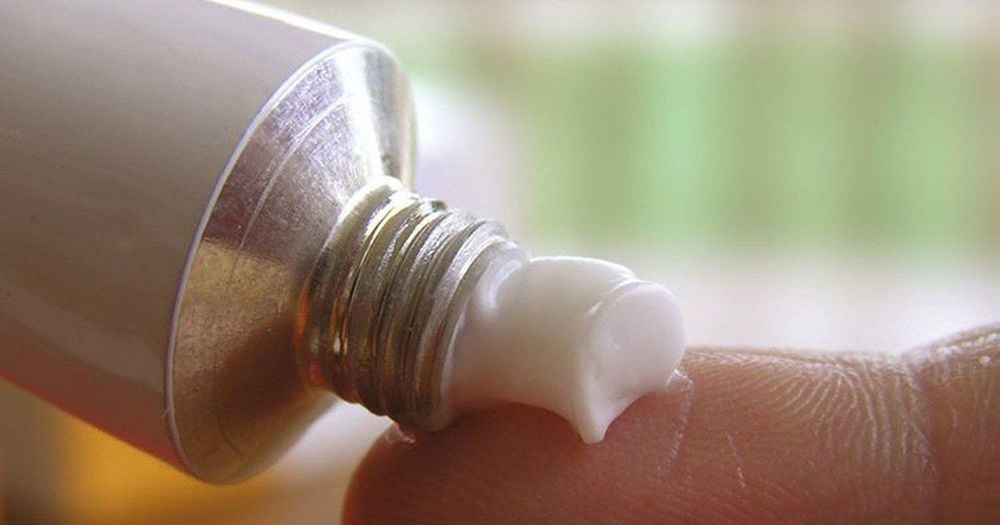
Sử dụng kem bôi Corticosteroid theo hướng dẫn của bác sĩ chuyên khoa da liễu
Here are a few simple tips that can make the process of using Corticosteroid creams effective and safe:
Use as directed by a dermatologist Do not overuse. When applying the cream to the skin, use only an adequate amount and only use it on the skin to be treated. For skin use only. Never use topical corticosteroids on your eyes unless directed by your doctor. Because, it can cause glaucoma or cataracts. Do not stop suddenly. Abrupt discontinuation of use may cause psoriasis flare-ups. Therefore, to avoid this, the doctor will gradually reduce the dose used. In some cases, corticosteroid use can cause skin changes. So over time the doctor may suggest that the patient switch to different creams. Or other treatments, such as phototherapy, or medication taken by mouth or intravenously, may be used.
Patients should not be too worried or surprised if current treatments are not working. Let your dermatologist know the actual conditions you are experiencing. From there, your doctor and you can discuss and find the right treatment.
Any questions that need to be answered by a specialist doctor as well as if you need to be examined and treated at Vinmec International General Hospital, please book an appointment on the website for the best service.
Please dial HOTLINE for more information or register for an appointment HERE. Download MyVinmec app to make appointments faster and to manage your bookings easily.
Article refer to the source: webmd.comSEE MORE:
Why is corticoid a "double-edged sword"? What are corticosteroids? Are corticosteroids beneficial or harmful? 11 things to know about steroids




